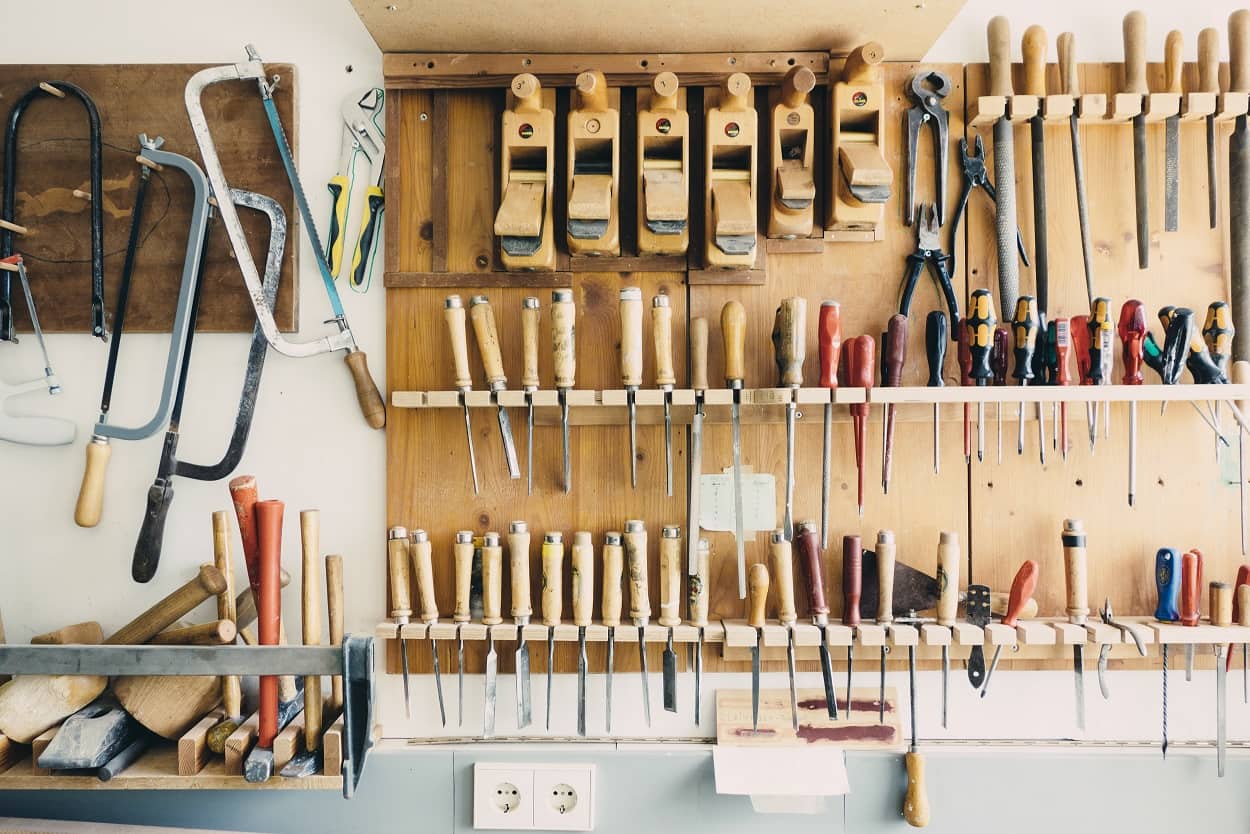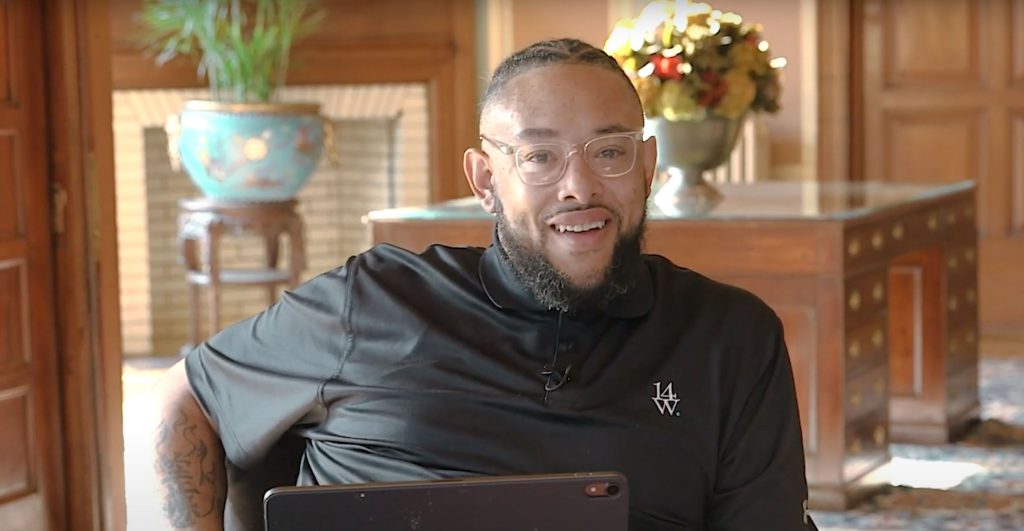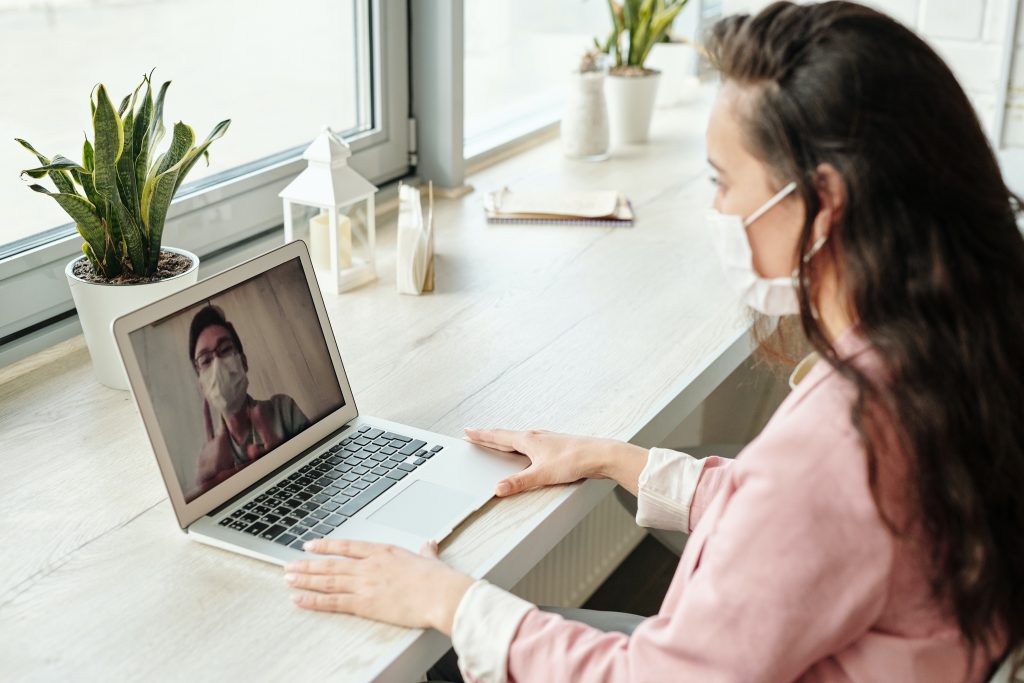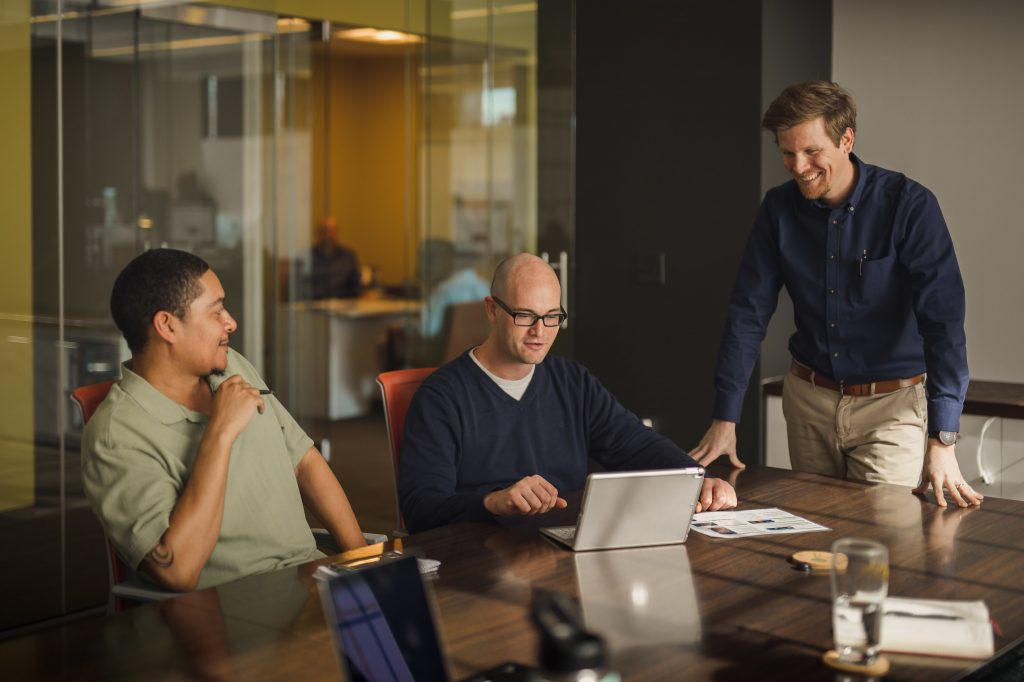Our Unconventional Approach to Leadership Development

A couple of months ago we talked a little bit about the Dos and Don’ts of Leadership Development. But looking back at the last read, we realized that we forgot to mention one of our favorite “dos”. So in an effort to make it up to you, we’re going to tell you one of our favorite ways to achieve this “do” in leadership development.
DO Get creative.
Think outside the box, and make these exercises
not just challenging, but meaningful and memorable.
Yes, leadership development involves strategy and planning, but it doesn’t have to mean throwing folks into conference rooms and sitting them in front of screens. We’ve been using philanthropic interests to create more deeply engaging activities and leverage more organic, more effective conversations about leadership.
Sure, pairing philanthropy and leadership development may seem odd to some. But it makes perfect sense to us.
Here’s why.
Philanthropic opportunities often…
… involve new people and environments. In these instances, pay attention to a person’s response. Look for the individuals that are able to jump in, quickly adapt, create relationships, and get to work. Then let them go, and refocus on the others. Whether they get there on their own or need a little nudge, leaders simply cannot afford to give into their own comfort levels. Act as a catalyst for them until they become more comfortable.
… encourage people to open their minds, as this often times requires them to think more creatively. Take note of the folks that embrace these challenges and have fun with them, and those that don’t. For those that struggle, ask them about the other ideas being presented. Invite them into the creative process by soliciting their opinions, or thoughts on how to develop an idea.
… instill feelings of appreciation and inspiration. These feelings are indicative of someone that has a healthy grasp on reality, finds value in “little” things, and makes meaningful connections with others. True leaders will find the value in these experiences. Look out for the folks asking questions like “Why are we here?” or “Do I really need to be a part of this?” or “Can I send John in my place?” Help steer them toward the bigger message, and be sure to reiterate how much of an impact they’re making by being there. Stroking someone’s ego a little never hurt anyone, and it can be a highly effective way of getting them more engaged in the conversation.
And so ultimately – just as you would with any leadership exercise – you’ll find natural leaders. You’ll also find that some individuals need a little more guidance. Continue to give them that guidance. Work with them. Learning experiences and leadership exercises like these will benefit not only them, but their teams and the organization at large.
Need some inspiration for your philanthropic leadership development initiative? We’ll tell you about one of our own unconventional ideas, and one of our favorite outings!
A day with Living Classrooms….
We sent our executives to spend a half-day with a local educational non-profit organization, Living Classrooms Foundation. We did not tell them in advance where they’d be going, or what they’d be doing… only what to wear, where to meet the shuttle we arranged, and what time they’d leave and return that day. Upon arrival, they learned they would be participating in the Fresh Start program – a program for young men between the ages of 13 – 18 that uses carpentry as a medium to develop reading, writing, math, and science skills, while also giving them a tangible trade skill. Typically, the young men are the students, of course. But this day was different. Our leaders were each paired with a student, and were going to be taught how to build a birdhouse.
On this day, the students were the leaders… and our leaders were the students.
Why?
We watched the room to see which of our leaders struggled when being given instructions. We observed how some quickly began to get to know their partner, while working side by side. And others hardly looked up from their table. We saw one of our leaders trying to make recommendations for how to do something differently, get corrected by their partner, absorb the information and continue to work.
That day, the students of the Living Classrooms’ Fresh Start program reminded our leaders how it feels and what it means to need guidance and support. When we met with our leaders afterward, we asked about their experiences working with this group of young men; young men who had struggled in the Baltimore City school system, who had struggled with conversation and relationship building, sought a better alternative, and overcame those struggles. We were told those young men had inspired our leaders with their enthusiasm for sharing knowledge, their patience, focus, and approachability… all qualities that help build a good student, and a good mentor. All qualities that we believe are crucial in building great leaders.








